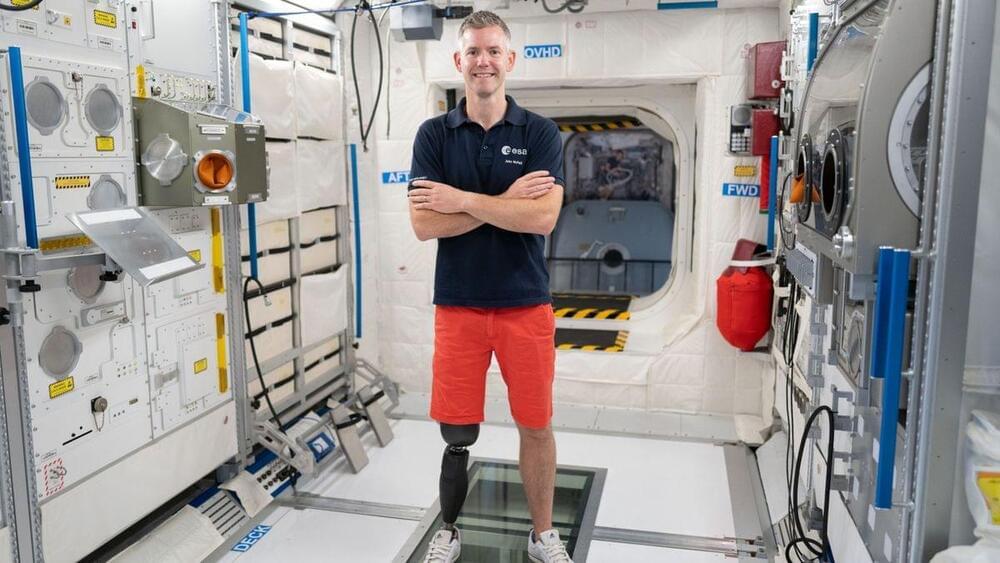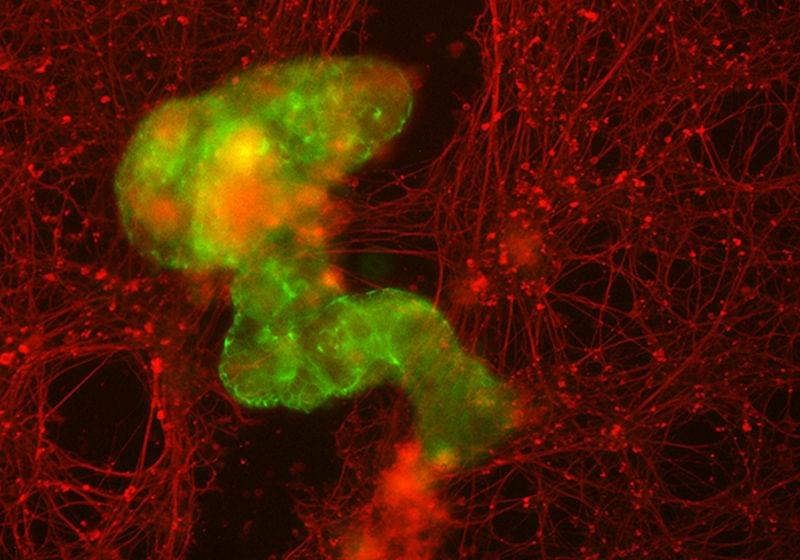Astronaut John McFall hopes to see an ISS astronaut with a disability fly by 2030 — video.
A European Space Agency (ESA) reserve astronaut, McFall was selected for the program in 2022 based on his experience as a trauma and orthopedic specialist, surgeon and exercise scientist. McFall also has lived experience with a disability as he has used prosthetics regularly since the amputation of his right leg at age 19, following a motorcycle accident. (He even won a bronze medal in the 2008 Paralympics in the 100-meter sprint, class T42.)
A recent study dubbed “Fly!” — in which McFall played a key role — found there would be no major issues to International Space Station missions should an astronaut use a prosthesis on board. There is more work to be done, but the goal is for it all to culminate in flying “someone with a physical disability” to the ISS, McFall told Space.com in an exclusive interview on Aug. 8. “By the end of this decade, hopefully that would have happened.”







